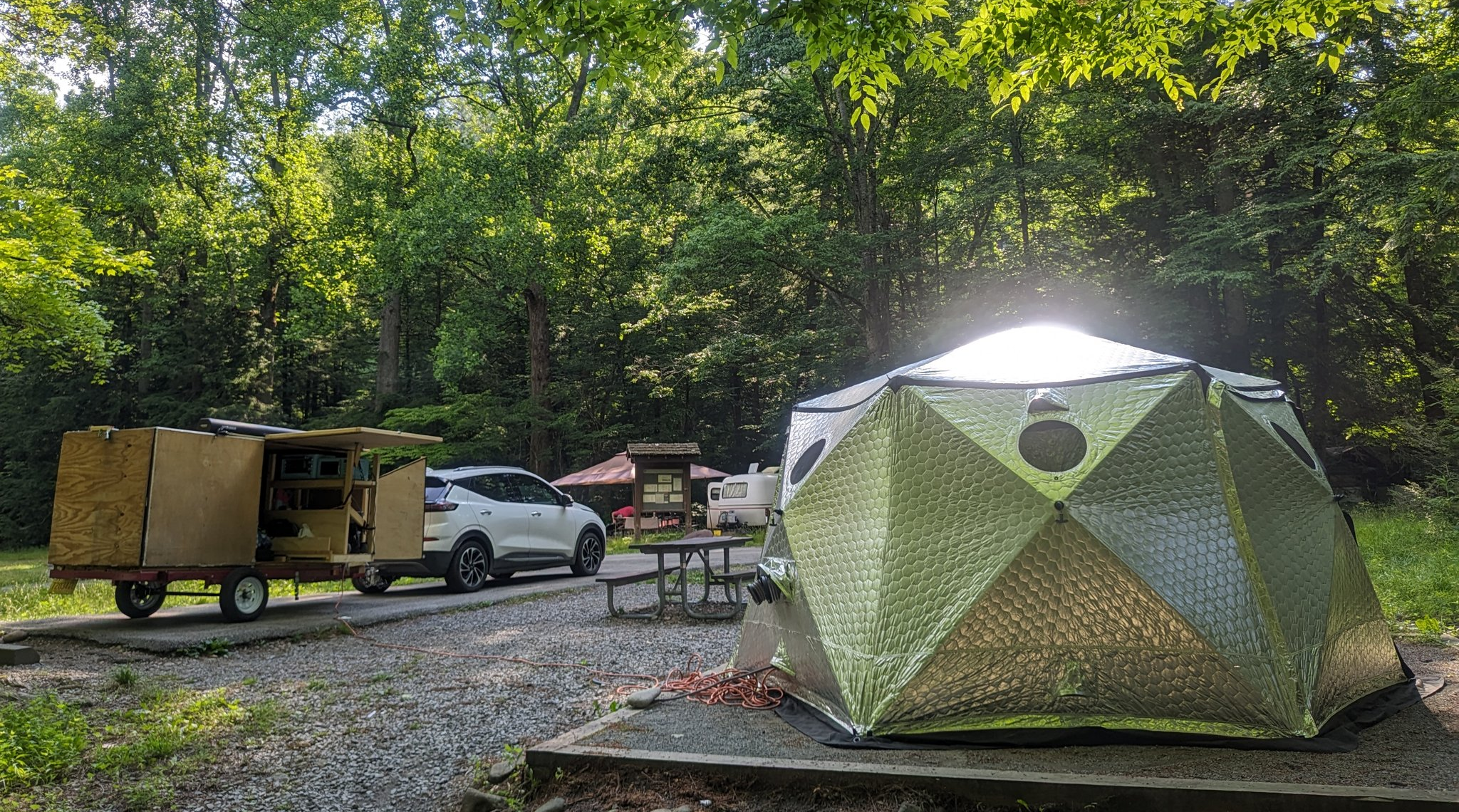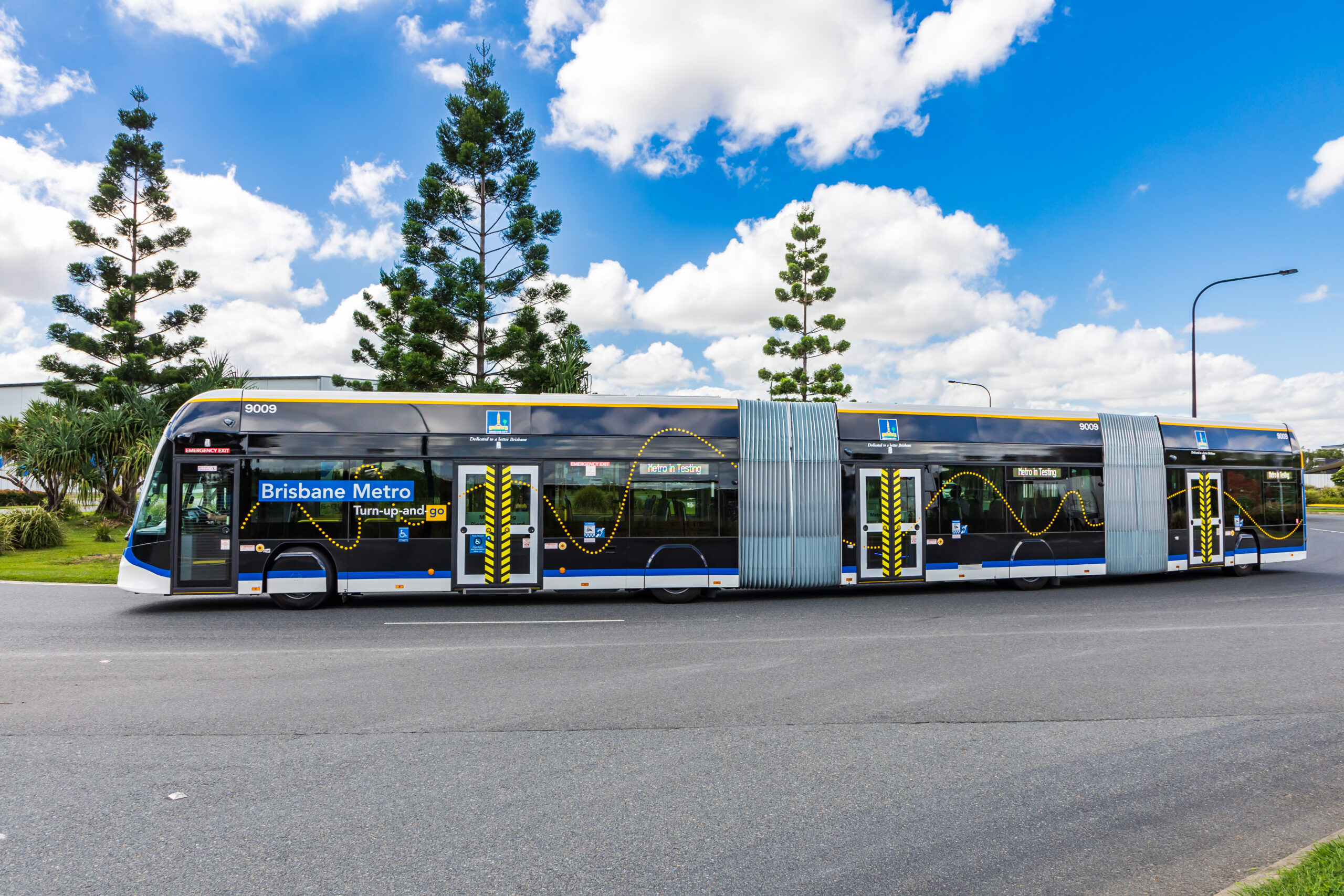Sign up for daily news updates from CleanTechnica on email. Or follow us on Google News!
When it comes to sheer altitude, the western mountains of the United States are hard to beat. In North America, they’re the tallest, and even in the Americas, the larger American Cordillera that runs from Alaska to Antarctica has the tallest mountains on both continents. Depending on how you measure it, one of the peaks in this epic nearly pole-to-pole mountain chain might even be the tallest, as Chimborazo is taller than Everest if you measure from the center of the earth instead of sea level (the equator bulges out).
Growing up as a kid looking at the mountains of the western United States, I was kind of smug about them. A 9,000 foot mountain? Yeah, I can see several of those from my yard. On a good day, I could see an almost 12,000 foot peak from a road not far from my house. Why would I want to go visit some puny 6,000 foot mountains back east? Puh-leeeeeze!
But height isn’t everything. As an adult when I started traveling east of the Mississippi, I found out that the Appalachian Mountains had a very different kind of epicness than the craggy peaks where I was from. I found that they were more ancient, far more green and wet, and just had a very different feel to them that height alone couldn’t simply beat.
No trip confirmed this to me more than a trip along the Blue Ridge Parkway I took earlier this year. I didn’t take the whole Parkway on the trip, only going from Boone, North Carolina to the end near Cherokee. Along the way on that three-day trip, I saw seemingly endless numbers of overlooks from near the top of the ridge and then drove across the Great Smoky Mountains to complete the trip in Tennessee. The mountains aren’t the tallest, but they are among the grandest in their own way.
When I saw what happened to the region when Hurricane Helene came through, it shocked me, just like it shocked everybody. But, with recent experience seeing it, nature’s full fury was easier to comprehend. But now that the fall colors are coming through (something I had seen a few years earlier crossing the Appalachians along I-40), it’s becoming apparent just how insane the weather was that came through.
This is the Blue Ridge Parkway.
Death on one side. Explosion of color and life on the other.
Feel like this perfectly encapsulates what Asheville is experiencing right now. pic.twitter.com/uk4kKxVpRA
— Matt Van Swol (@matt_vanswol) October 28, 2024
Why Such A Stark Contrast?
For those unfamiliar, the Blue Ridge Mountains, just like wider Appalachia, goes from southwest to northeast in direction, cutting diagonally across the eastern United States.
Helene came up straight to the north, and maintained a LOT of strength despite making landfall a whole Georgia and part of Florida away from the Blue Ridge Parkway. It was thought that the hurricane had lost its wind strength by the time it got that far inland, and had a bunch of water left to dump once it hit the mountains, but in the aftermath, storm chasers and other weather nerds found evidence of hurricane-force winds that had ravaged the eastern (really southeastern) slopes of the range.
It turned out that the hurricane really only lost its wind fully once it ran into the Blue Ridge, and expending that remaining energy made it look like the Tunguska Blast had occurred all along the southeast faces of the mountains. Trees were torn to shreds and turned to kindling along the tallest ridges. Then, without the benefit of strong root systems, massive landslides destroyed portions of the Parkway.
But, the west (northwest) faces of the mountains didn’t get scoured by the wind the way that the hurricane-facing side did. Protected from the wind, the other sides of the mountains are now able to show their fall colors just as they usually do this time of year, while the other side that got blasted by hurricane force winds just doesn’t have the leaves up to show colors.
This Isn’t Normal, At All
People who don’t want to admit that a changing climate affects severe weather events like to point to the great flood of 1916 in the area to “prove” that this happens periodically. But, to assert that is to ignore the very real data that has been collected from both storms. According to Accuweather, Helene killed more people, caused more damage, dropped more rainfall, and caused rivers to crest significantly higher than they did in 1916.
This is even more damning when you consider that the 1916 storm was caused by two back-to-back hurricanes and not just one storm. The first storm approached from the west, coming up through Mississippi and Alabama, eventually dropping its load on the west side of the Blue Ridge. The second punch came from another hurricane that came through South Carolina, striking the east side. This means that Helene is bigger than two record hurricanes!
Back west where I’m from, we saw a similarly unusual storm happen in 2008. Again, it’s thought that hurricanes die long before they’d get as far inland as New Mexico, but Dolly came along the Rio Grande, and still had a defined rotating eye on radar when it reached Ciudad Juarez and El Paso. All of the moisture led to insane levels of rainfall that led to the whole desert transforming into a more ice age-like environment for months.
In short, the phenomenon of hurricanes retaining organization and strength far, far inland is something we’ve never really seen before. Single storms are doing what large, unusual systems and one-two punches of the past used to do. When places like Appalachia and El Paso do end up getting the weird double storms with the intensity of the newer storms, we’ll see damage and flooding that makes these storms look like nothing.
Politics Are Less Important Than Real Action With Technology
The biggest fear that drives denial of these storms isn’t fear of the storms themselves. It’s fear of what the political fallout would be if they had to admit that they were wrong. Because people on the Democratic side have been pushing for a laundry list of left-leaning policy, they think that a Green New Deal and a raft of other socialist or even communist policy would be inevitable if they give in and admit that something unusual is happening.
But, this kind of thinking keeps the whole issue as a political football when we really need to address it. Fortunately, the very technologies I took along on my Blue Ridge Parkway trip can solve it in such a way that everyone but the most vile extremists on both sides can come away with a solution we can all live with. EVs, solar, heat pumps, and other efficient technologies can help us bring this around if we have the will to use them and support them.
Images by Jennifer Sensiba.

Chip in a few dollars a month to help support independent cleantech coverage that helps to accelerate the cleantech revolution!
Have a tip for CleanTechnica? Want to advertise? Want to suggest a guest for our CleanTech Talk podcast? Contact us here.
Sign up for our daily newsletter for 15 new cleantech stories a day. Or sign up for our weekly one if daily is too frequent.
CleanTechnica uses affiliate links. See our policy here.
CleanTechnica’s Comment Policy





